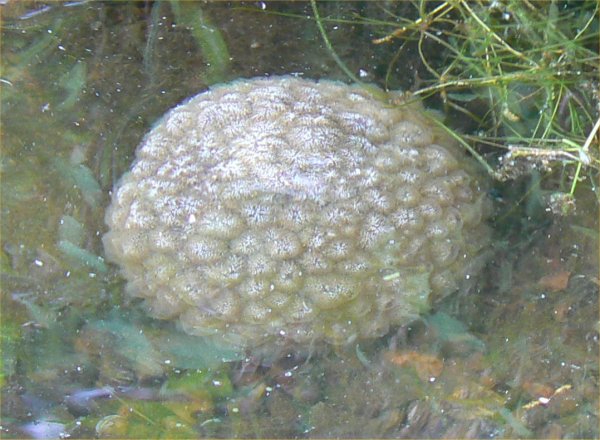blazingstar wrote:
cyberdad wrote:
Macrophytic algae are also zooid.
Really? (seriously, not sarcastically.) I thought macrophytic algae were considered plants or protista. In order to be a zooid, the organism has to be an animal. Please explain. These classifications have changed so much since I last studied them.
The bryozoan zoids are spreading confusion, as per their evil plan....
Yes, "marcophytic algae" are by definition multicellular and photosynthesising plants that don't have the special features of land plants. Some or all of them may well
have zooid cells. I'm not sure. Moss does (it has swimming "sperm") but that's a land plant.
The "zooids" in a bryozoan colony are multicellular animals, and don't move around in the colony unlike zooid cells. Interesting to hear that some of them are specialised for different tasks. Which is kind of like the different cell types in a sponge. The specialised sponge cells aren't called "zooids" though...
To add to the confusion, there are two different phylums of "bryozoans" which may or not be related. Phylums "Ectoprocta" and "Entoprocta" are similar mats of little filter-feeding zooids. But the life-cycles and the anatomy of the zooids is different. Ectoprocta were the first discovered. There seems to be some debate as to whether Entoprocts still get to be called "bryozoans." or not.
_________________
You're so vain
I bet you think this sig is about you








 ,
,


